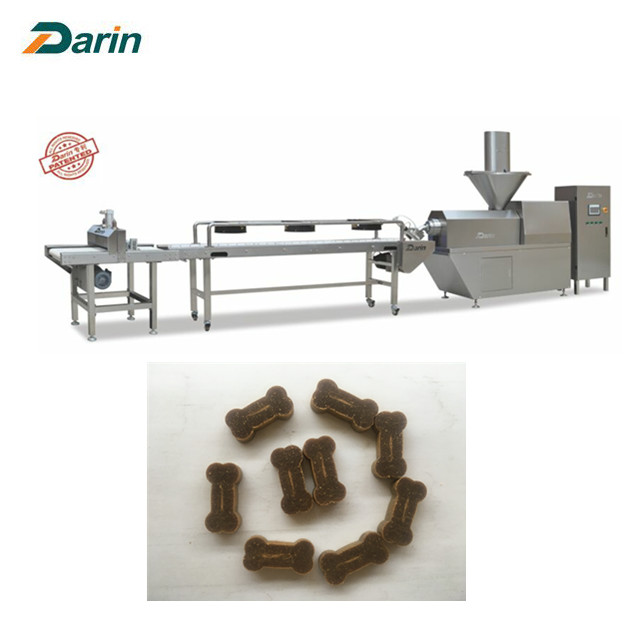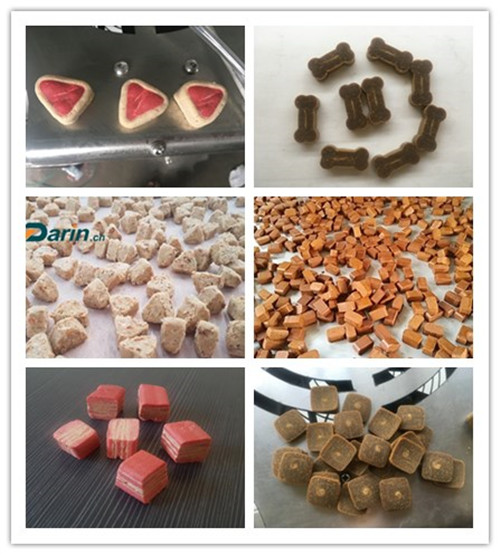South African gold-containing conglomerate Witwatersrand metamorphic deposition gray, 80% quartz sand gravel is filled by the cement formed. The grain size of quartz gravel is usually 40 to 50 mm. The grain size of natural gold is visible to the naked eye to submicroscopic grains.
There are about 50 gold plants in the Witwatersrand Goldfield, each of which uses a similar process to process ore of similar nature. Most of these plants are the world's largest gold ore processing plants, with a processing capacity of 8,000 tons of ore. Among them, the production practice of Blyvooruitzicht Gold Mine Co., Ltd. is representative. The raw ore selection and crushing process used in it is shown in Figure 1. The grinding-concentration-cyanide process is shown. In Figure 2.

Figure 1 Picking and crushing process at Blevo Yutschit Gold Mine

Figure 2 Grinding-concentration-cyanide process of Blevoyut Chisit Gold Mine
After the +50mm ore was hand-selected to remove the waste rock, part of it was broken by a cone crusher to -13mm, and the other part was stored in the gravel bin.
The hand selection of gangue is mainly based on the obvious color difference and structural difference between ore and gangue. The artificial selection of many gold mines in South Africa is due to the fact that the veined ore and gangue are easily separated by the naked eye. The general factory hand selection process is shown in Figure 3.

FIG 3 beneficiation plant process gangue hand-selected
In recent years, some gold mines in South Africa have applied various types of efficient mechanical multi-stage continuous sorting equipment controlled by photometers. The sorting capacity of these equipments is: -150 ~ +20mm ore 200t / h, -60 ~ +30mm ore 50t ∕ h.
The 16-type laser scanning sorter developed by Rio Tinto in 1976 consists of a tilting slide, a flexible acceleration roller and an idle belt stabilizer to form a mine and rock (gangue) movement control device (Fig. 4). This device enables the mine and rock to move smoothly on a horizontal belt in a single layer.

Figure 4 Schematic diagram of mine and rock movement control device
When the ore and rock flow move, the laser beam emitted by the krypton and xenon lasers is reflected by the high-speed rotating 20-face mirror drum to the ore and rock currents. The light reflected from the ore and rock flows is reflected by the mirror drum onto the photomultiplier tube (Fig. 5). Light energy is converted into electrical energy in a photomultiplier tube. The electric information processor is used to control the sorting. The moving speed of the ore belt is 4m/s. When the mirror drum speed is 6000r∕min, the laser beam scans the ore and rock flow 2000 times/s, that is, every 2mm.

Figure 5 Laser beam scanning sensor device
This sorting machine has been used to sort quartz vein gold and silver ore. When the ore and rock mass are 10 to 150 mm, the sorting capacity of each sorting machine is 20 to 150 t∕h.
West Driefontcin was selected in South Africa. In 1977, two 16-type laser sorters were introduced for sorting the pulse gold ore with a block size of 32-75 mm. The ore is crushed and sieved, and the hand is selected to be larger than 75 mm, and the crushed ore is sent again less than 32 mm.
According to statistics, 32-75mm gold ore containing 6.61g ∕t was sorted by laser sorting machine. The ore selected was 63.47% of the feed amount, and the gold grade was increased to 10.02g ,t. The rate is 96.27%. The discarded gangue accounted for 36.53% of the feed, and the gold content was only 0.67g ∕t. The loss rate of gold was only 3.73%.
Grinding is carried out in a lime solution without cyanide (Fig. 2). The waste liquid is returned to the grinding process instead of adding water. A section of grinding was opened using a 2.7 m × 3.6 m rod mill. The second-stage grinding uses a 3.6m×4.8m gravel mill and a cyclone to form a closed-circuit grinding to 80% -0.074mm (200 mesh). The slurry is returned to the grinding process through a concentrated overflow.
The gravel mill discharges to a three-layer plane shaker to produce coarse concentrates, and then produces a concentrate to deliver mercury in a Deister shaker. (In the past, the Rand plant also used Johnson according to the characteristics of the ore. Concentrator and wool belt concentrator). After the amalgamation of the tailings recycling iridium osmium ore feed.
Since the cyanide operation capacity is smaller than that of grinding, the factory stipulates that the grinding is carried out for 6 days per week (no grinding on Sunday), and the slurry is stored in a thickener for 7 days of cyanidation. The bottom stream of the concentrator is diluted with depleted liquid to 50% solids (the optimum concentration of the plant), and cyanide is added to cyanide in the Pachuca tank. The standard size of the Pachuca tank used in the plant is Ф7.6m×16.8m, Ф6.8m×13.7m and Ф10.1m×13.7m. When stirring was started, the solution contained 0.019% NaCN and 0.020% CaO. After being cyanated by stirring for 19 hours, it is lowered to contain 0.014% NaCN and 0.013% CaO, which is suitable for sending precipitated gold. The average consumption of the medicament is 150 g NaCh per ton of ore and CaO 1 kg. Each 50m3 of slurry (35t ore) typically consumes 1m 3 ∕min of air.
The cyanide slurry was filtered on a drum filter with an average efficiency of 8.28 t∕ (m 2 ·d) and an average ratio of pulp to washing liquid of 0.7:1. The mother liquor was clarified in a Stella clarifier, and gold was precipitated in a declamation of Clautar and a Stella precipitator. The precipitate is smelted to produce a combined gold.
The typical recovery of gold for the entire process is 95% to 98%. Among them, the recovery rate of mercury amalgamation is about 50%. If a reselection device is inserted during the process, the total recovery can be increased by 1%.
Cold Extrusion / Jerky Treats Machine is specially used to produce cold extrusion and high meat content products, such as lucithin treats, jerky treats, core filling treats, etc. Also, shaped biscuits, core filling treats can be produced by easily change the molds. The shape of jerky treats can be heart, cylinder, chips, strip, etc.
1, Specially used to produce high meat content products;
2, Patented design to produce jerky treats with different shapes and sizes;
3, Controlled by PLC and touch screen with friendly interface and fault display function;
4, Core filling treats can be produced by changing the molds.


Jerky Treats Cold Extrusion Machine
Pet Chewing Snack Machine,Pet Snack Extrusion Machine,Pet Chewing Bone Machine,Pet Bone Extruding Machine
Jinan Darin Machinery Co., Ltd. , https://www.globaldarin.com